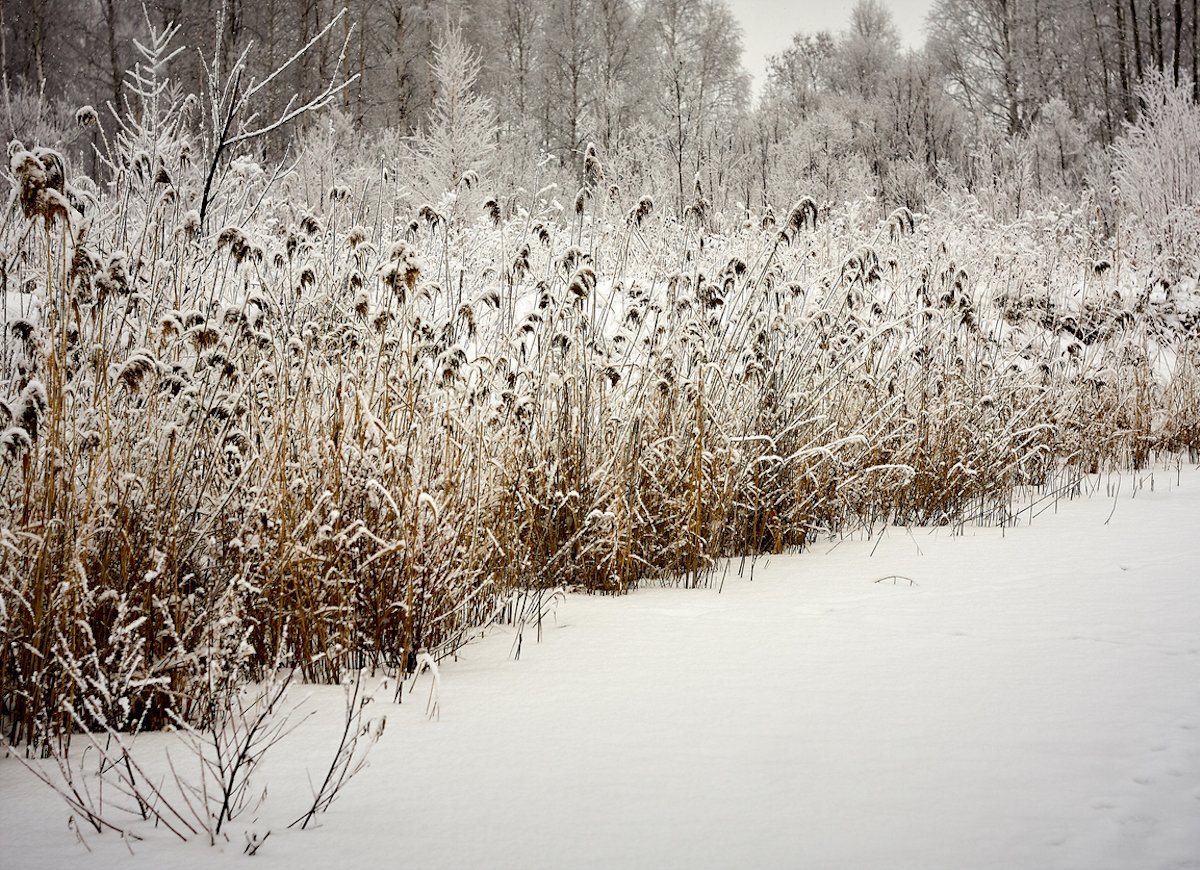Winter is a relatively quiet time of the year in the gardening calendar, making it the perfect time to carry out winter maintenance on garden tools and equipment. It’s surprising just how many ‘winter jobs’ can be done at this time of year before the busy onslaught of spring.
POTS, MODULES, AND SEED TRAYS
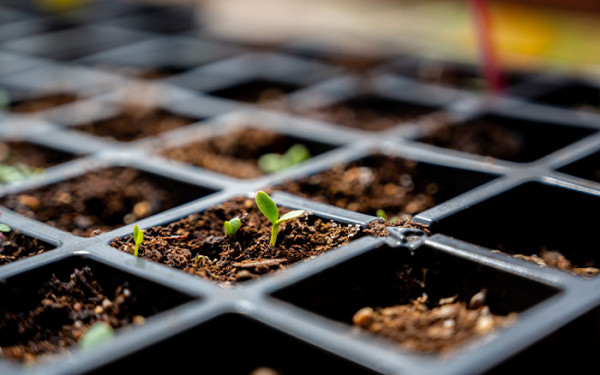
An easy but really important job is to sort through and wash pots, module and seed trays. Wash them in warm soapy water and rinse thoroughly to not only rid them of slug and snail eggs but cleanse any soil borne diseases that may have been lurking.
Whilst doing that why not assess what you need for the following year and donate any surplus to local allotment societies and community gardening clubs? There’s always somebody who’ll say, ‘yes please!’
LAWNMOWERS
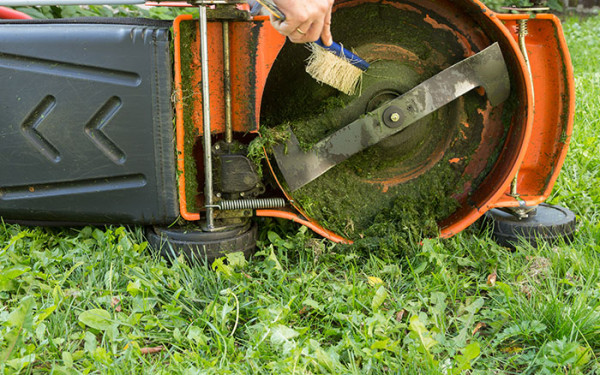
Before you put away your lawnmower for the year give it a service, either yourself, or by a garden machinery specialist (your local Garden Centre usually have details of local companies).
There are a few quick, cheap and easy things that can be done to prolong its life and ease of operation.
- Remove any accumulated layers of dried grass, leaves and compacted soil underneath using a blunt knife. But do make sure any power supply is disconnected before doing so.
- Check the blades. If they’re metal and blunt, take them to a local garden machinery specialist to have them sharpened. Clean the sides of the blades using coarse grit sandpaper and afterwards oil them with an oily rag or spray with an anti-rust aerosol. If your lawnmower has a chain, oil that too.
- In the case of petrol mowers, drain the oil and fuel before winter as unleaded fuel doesn’t store well. Also have the spark plug checked and, if necessary, replaced.
HEDGETRIMMERS
It’s also a good time of year to have hedge trimmers serviced professionally. Have the blades sharpened and adjusted; carburettor cleaned, new diaphragms and spark plug fitted as well as the machine pressure washed to remove all accumulated plant debris.
WATER BUTTS

Water butts may also need an annual cleaning out, and this time of year is best, when watering outdoor plants isn’t needed.
Empty the container and clean out accumulated debris with a hard bristle brush. If you don’t want to empty the container, try adding a microbial disc to the water butt to help reduce bacterial and fungal build up. Also, consider fitting a downpipe filter which could reduce the need for you to clean out your container.
Plastic water butts can split as they get older if subjected to heavy frosts. So, if you decide to keep the water in it over winter, it might pay to insulate the outside of the container with bubble wrap. You could also try adding a small rubber ball which keeps water pushing against the ball not the walls of the container.
POND PUMPS
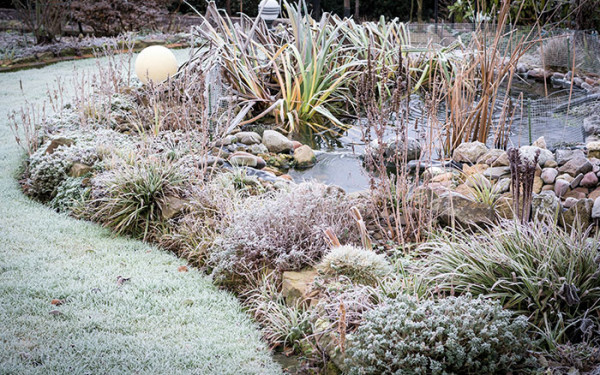
For ponds with a pump, it’s best to remove it overwinter and store in a dry place as ice and frost may damage it. If it’s covered in algae, clean it with a scrubbing brush and then remove the filter and either clean or replace it, following manufacturer’s instructions, before putting it away.
Now is a good time to get pumps serviced, rather than waiting until spring when companies may be busy.
SECATEURS AND GARDEN SHEARS
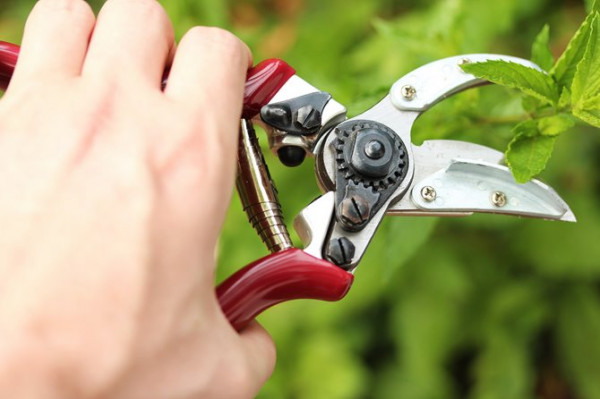
Regular maintenance of gardening tools with blades is essential, as blunt blades can tear plant stems potentially allowing diseases to enter the plant via the torn stems. Blades quickly become gummed up with plant sap and blunted.
Therefore, if you haven’t managed to clean and sharpen them this year, don’t worry. Now’s the ideal time to do it and maybe make a resolution to clean and sharpen them every few weeks next year to keep them in tip top condition.
The first thing to do is clean off the gum and grime. Spray them with WD40 and then rub both sides of both blades with a scourer or sandpaper.
Next, sharpen the blades. Use a sharpening stone, which you can buy in garden centres. Holding the stone flat, rub it across the surface of each blade on one side. Turn them over and, holding the stone at the same angle as the bevelled edge of the blade, work the stone all the way along the blade.
SPADES, EDGING IRONS AND DRAW HOES
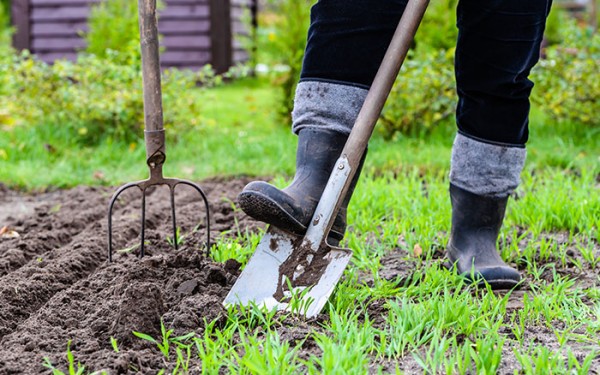
The process is similar to secateurs and garden shears, except these tools will need something like a stiff brush or broom to remove all the caked-on soil before rubbing with sandpaper and oiling with a rag. Oiling both sides of the blade should help stop the blade rusting over winter.
Sharpening the horizontal edge of the blade is just as important; for one thing it will make using the tool much, much easier. This time you’ll need a file, working it all the way along the cutting edge of the blade.
Turn it over to the flatter side and hold the file against the blade to remove any metal burrs thrown up by sharpening the cutting edge of the blade.
Once you get into the habit of doing this on a regular basis not only will it make gardening a whole lot easier, but it should also prolong the life of your tools.
GARDEN LIGHTING

Simplified outdoor lighting systems and solar outdoor lights mean that more and more of us are choosing to light up our gardens at night for added atmosphere. Lighting cheers up the dark winter months, but there are a few maintenance tips to think about.
The first is to clean the lighting lens from time to time as they can become coated with debris which, like a car headlight, can greatly reduce the amount of light transmission. Wipe them with a non-abrasive cloth.
Ensure snow is wiped off LED lightbulbs, because as they are low energy, they won’t usually give off enough heat to melt the snow, unlike halogen bulbs.
The freeze, thaw effect of frosts can cause buried wires to be pushed up out of the ground. So do check and, if necessary, bury them again before the ground freezes. If you notice damaged wires or exposed copper, have a qualified electrician come out to repair; do not try to do this yourself.
Check bulbs. If any bulbs have stopped working, replace as soon as you can because the voltage not being used by the ‘dead’ bulb will be used by the remaining bulbs. This results in excessive voltage going to them can in turn shorten their lifespan.
So, keep busy this month with these winter maintenance jobs that keep you ahead of the weather. Taking these steps will keep your garden in good nick, ready for the season ahead. Let me know what winter maintenance jobs you’re doing this November in the comments.

